Blue Forests of Japan, Imaginary Trades and the Fear of Not Missing Out
Letters from Japan, November 2023 - a stay in an electricity-free onsen, forgoing the Sakura season and multiple visits to the ever lovely Oku-Nikko.
If I were offered a trade to give up the Sakura season in Japan for an extended fall colors season, I would not think even for a second and take the offer right away. Yes, I would do the unthinkable - easily forgo not only Japan`s but also the world`s one of the most cherished nature events. That is how much I love the fall colors season in Japan - aka “the kōyō” (紅葉).
Of course, I have nothing against Sakura. There are probably not many hearts in this world that the sight of the endless sea of pink petals and the families joyfully picnicking under it to celebrate the arrival of the spring season could not warm. Many Japanese people take a day off during the Sakura season to take their family to a picnic and properly greet the spring season. I love the rituals around Sakura more than the flashy beauty of the (admittedly beautiful) pink (and sometimes white) petals, and the season makes me feel deep affection for a culture where many well-established and “religiously” followed rituals concern the celebration of nature.
But despite the hopefulness that Sakura signifies (with the end of the harsh winter) and the festive atmosphere that the season brings, it is the kōyō season that gives me endless joy and, unfortunately, a serious case of FOMO.
The Fear of Not Missing Out (unless it is Fall)
I would describe myself as someone not with FOMO but with FONMO - “fear of not missing out.” With so many inspiring things happening around us all the time, I deliberately miss out on many (even good) things. My mind, my heart, and my eyes can only take so much. This makes me over-protective of whatever capacity I have in all these three departments and not go over the limit to be able to more thoroughly enjoy and appreciate the things that make me feel thrilled to be alive.

But come the autumn foliage season, my highly calculated and intentional FONMO is replaced by an extreme case of FOMO, bringing along some strange quirks - such as avoiding window seats. An oddity that turns an otherwise exceptionally scenic bus ride into an excruciating experience. One of my favorite fall color destinations in Japan, Oku-Nikko, requires a 1.5-hour bus ride from the nearest train station. During the ride where the bus goes through a forest road and passes by a beautiful lake, I intentionally avoid looking out of the window. If I do, I want to get off the bus at every single colorful spot and wander into the forest (given the size of the bear population in the area, a terrible idea).
Even getting off the bus would likely not help to tame my strange case of FOMO and the accompanying anxiety. I could be standing right in front of one of Japan`s finest kōyō sites, Yudaki Waterfalls, but my mind would still be wondering how “that one tree” that I discovered a year earlier and located 20 minutes away along the trail might look like in that exact moment. I want to be everywhere, and see every color, all at once. Restless all the way, and maybe even a little deranged. I think I secretly feel relieved when the kōyō season ends, permitting me to re-embrace my default comfort mode of FONMO.
For all the fall colors hunters
So this month`s letter, written in Tokyo where the kōyō season does not start until late November allowing me a short break from the autumn colors specific FOMO, is all about the fall colors season in Japan.
A friend calls me a momijigari (紅葉狩り) - the fall colors hunter. And I sure am one. It is only early November but I have already been on three different weekend trips to experience the fall colors long before they make their way down to Tokyo.
Unlike the fleeting Sakura season where the flowers show up almost overnight and disappear just a week later, the kōyō season lasts for nearly a month in each location. Depending on the kind of tree (the Japanese maple tree being the poster child of the fall season in Japan), the leaves` colors progress from green to yellow/orange, and red (the crescendo!) before turning brown and finally falling off the trees. Japan Meteorological Agency publishes an excellent fall colors forecast map each year that tracks the progress of fall colors in more than 700 spots in Japan throughout the season.
The onsen of my dreams
I started this letter with an imaginary trade offer. Let`s follow that up with an imaginary question: “In a country where there are more than 3,000 onsen resorts, if you have to pick only one to visit for the rest of your life, which one would it be?”. My real life answer to this imaginary question would be: “Aoni Onsen located in the Aomori Prefecture in Tohoku”.
Imagine an onsen that is tucked away deep in the forests in a prefecture named Aomori - (青森), meaning “blue forest” in Japanese, where there is no electricity and the entire facility is lit with oil lamps, and all its four baths have a view of the surrounding woods. That is Aoni Onsen Lamp no Yado located near the historical Kuroishi town in Aomori Prefecture, one of the best prefectures to experience the autumn colors in Japan.
Benefiting from a long weekend, I recently visited Aoni for the second time during the peak fall colors season. It is not a luxurious facility but feels very special where every component that make up the facility and the service works in perfect harmony. The lack of electricity (along with wifi and phone reception) not only frees your mind but also strangely lights up the atmosphere, thanks to hundreds of, strategically positioned, oil lamps dimly illuminating the facility.
There is one mid-size tatami-style dining room where all the guests (there are 30 rooms spread out to one main building and multiple annexes) are served dinner at 6 p.m. and breakfast at 7.30 a.m. There is a cafe right across the dining room that sells Aomori delicacies and serves lunch (along with alcohol and coffee). Many of the guests choose to wear the yukata provided in each room, greatly adding to the already novel-like atmosphere that would make a great setting for a movie depicting a murder or an epic love story, or one that (ideally) combines the two.
Aoni Onsen, composed of wooden low-rise buildings, is, unfortunately, a rare example in Japan where human-made structures exist in perfect harmony with the surrounding nature. While there is on a cultural level deep appreciation of nature in Japan, it does not necessarily mean that those behind the nationwide construction and development policies share the same level of enthusiasm (an earlier post: Japan Is Actually Not That Beautiful).
As Alex Kerr (the admirably modest and addictive Japan-based writer (ex: Lost Japan and Bangkok Found) and a Japanologist) had noted in his most recent book—Hidden Japan—, the inevitable sight of concrete (that sometimes comes in the form of a giant souvenir store that can be found right next to otherwise beautiful sightseeing spots or in the form of tetra paks that dominate the Japanese coastline) often ruins some of the best nature sights and sceneries in Japan. But luckily, not in Aoni Onsen. A stay in Aoni Onsen, intentionally deprived of not only electricity but a scenery ruining concrete, is an experience that, even for a brief moment, allows you to believe that perfect harmony between human-made structures and nature exists. This is the feeling that repeatedly takes me back to Aoni Onsen (winter trip already booked!).
The rainbow forests of Oku-Nikko
Another place in Japan that has been largely saved from destructive construction policies is the Oku-Nikko Region located in Tochigi Prefecture. In addition to its seductive beauty and the variety of the landscape that it encompasses, Oku-Nikko, thanks to the altitude, is also one of the places in the Kanto area that greets the fall colors the earliest, usually starting in mid-October.
I visited Oku-Nikko not only once but twice this year (ah, the joy of repeat travels). On the first weekend that I visited the area, I was a little too early for the fall colors. But a week later, the entire region could be, cheesily but accurately, described as “a rainbow forest” where one could experience all the range of fall colors at the same time. What a difference a week can make.
I would highly recommend the Oku-Nikko area to anyone looking for easy hiking in a breathtaking nature area where the heavenly beauty (no exaggeration) of the scenery feels almost too good to be true for the minimal physical effort that the trails require. I recently wrote about my annual “pilgrimages” to Oku-Nikko.
Regional rail passes for Tohoku and Nikko
In last month`s letter, I mentioned the steep price increase for the highly popular Japan Rail Pass). A 70 % price increase inevitably requires a little more thinking before deciding on whether investing in a nationwide Japan Rail Pass is worth it or if a regional pass would work better. For the two locations that I mention in this letter, Aomori Prefecture, and the Nikko area, there are regional passes that are worth looking into.
Japan East Rail Pass (also available to Japan residents holding a foreign passport) covers the entire Tohoku region (including Aomori) and allows unlimited rides on all JR lines (including Tohoku Shinkansen) for 5 consecutive days for 30,000 Japanese Yen (you can purchase the pass online at JR Eki Net and also book your seats at the same time - highly advisable as most Shinkansen run full-capacity nowadays. Although the price of the pass recently increased from 20,000 Yen to 30,000 Yen, this is still a good and convenient deal (a round-trip ticket between Tokyo and Shin-Aomori costs 36,000 Yen without the pass).
As for Nikko area, regardless of whether you are a visitor or a resident of Japan, as long as you hold a foreign passport, you can benefit from the Tobu Nikko Pass All Area that covers a round-trip train travel between Asakusa and Nikko (need to pay extra for the express train) and 4-days free bus pass for 4,780 Yen.
My next fall trip will be to Kyoto (what a big surprise) in early December. I hope the fall colors season is as lovely in your country/city/area. I also, like many of us, wish more than ever that we all had been dealt with a different hand and the people with a heart that could easily be warmed by the sight of Sakura ruled our world and our countries, not the current ones. I could not end without this.
Love,
Burcu

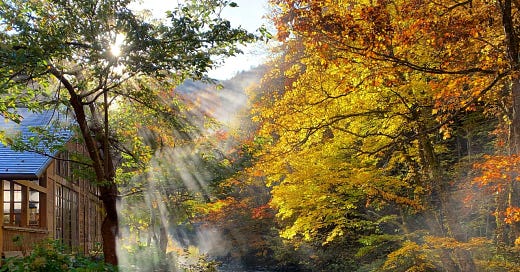



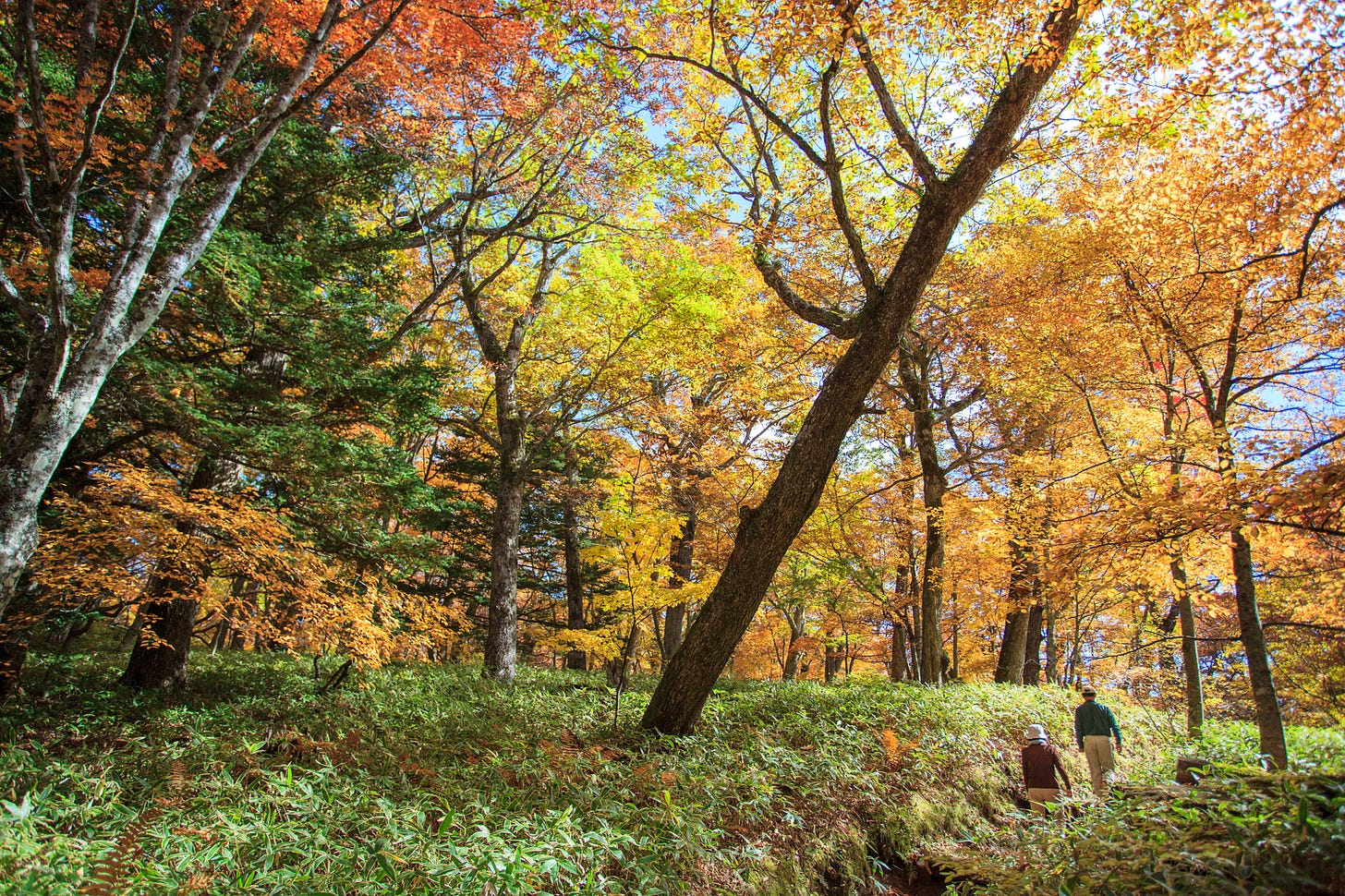
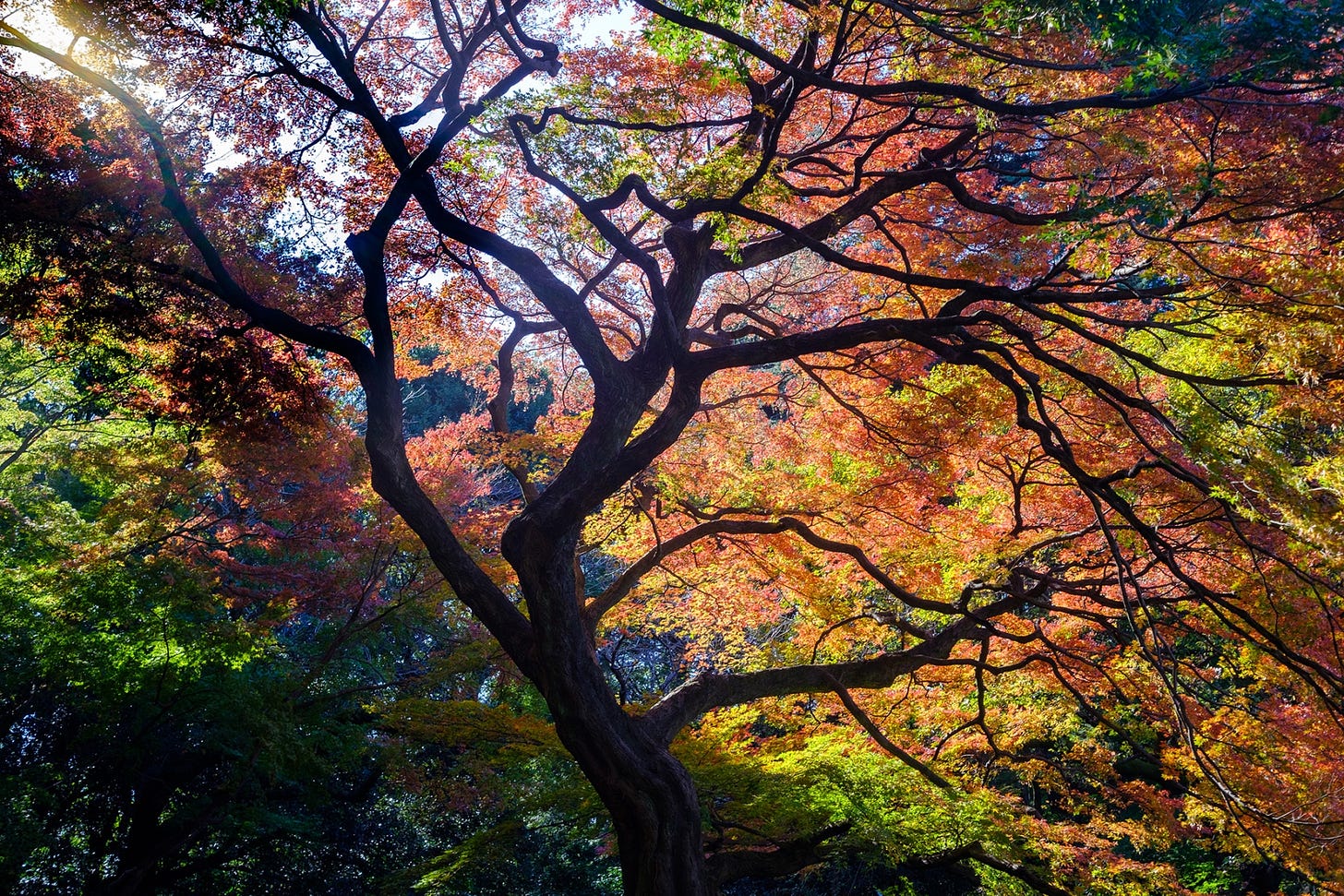

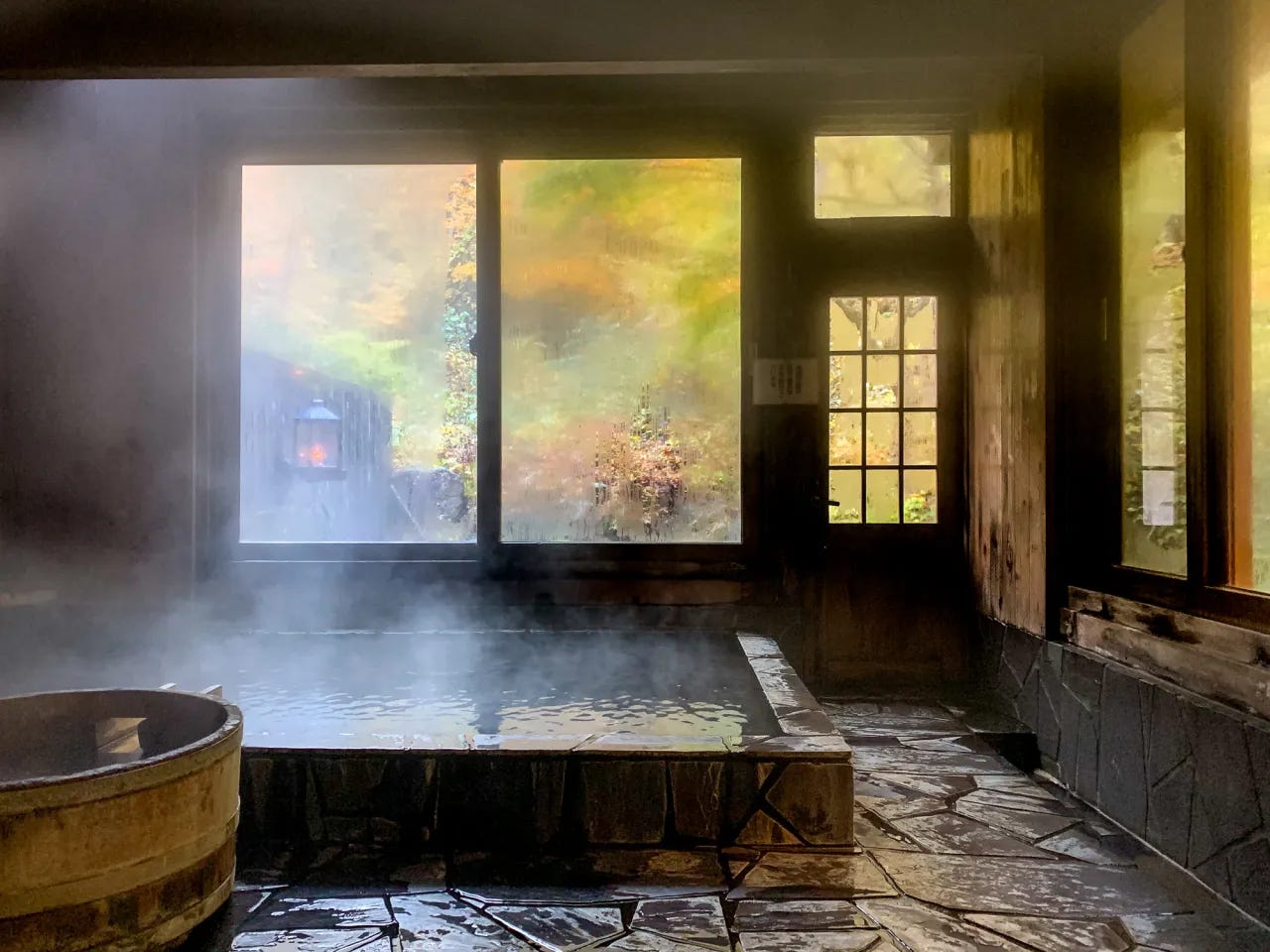
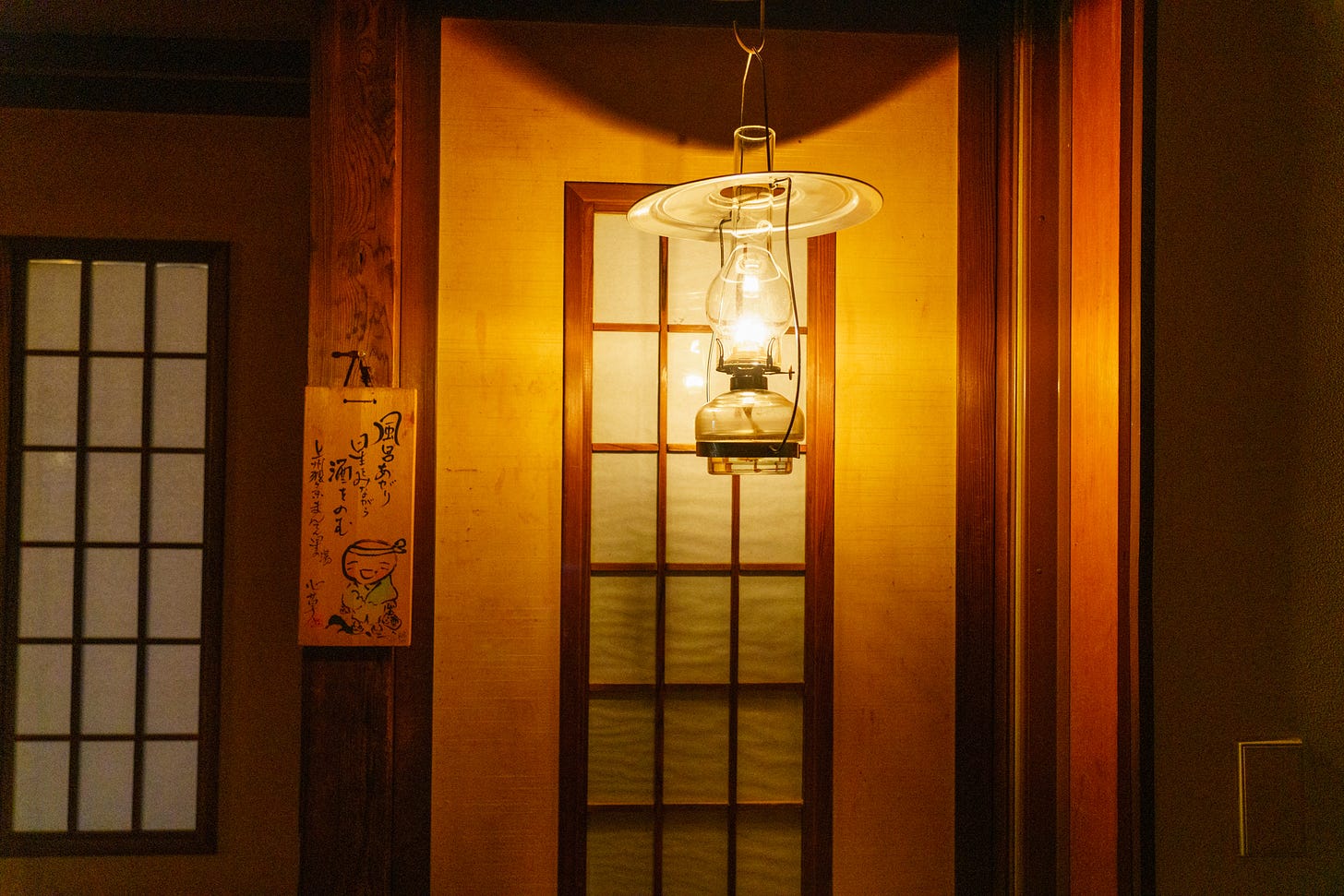

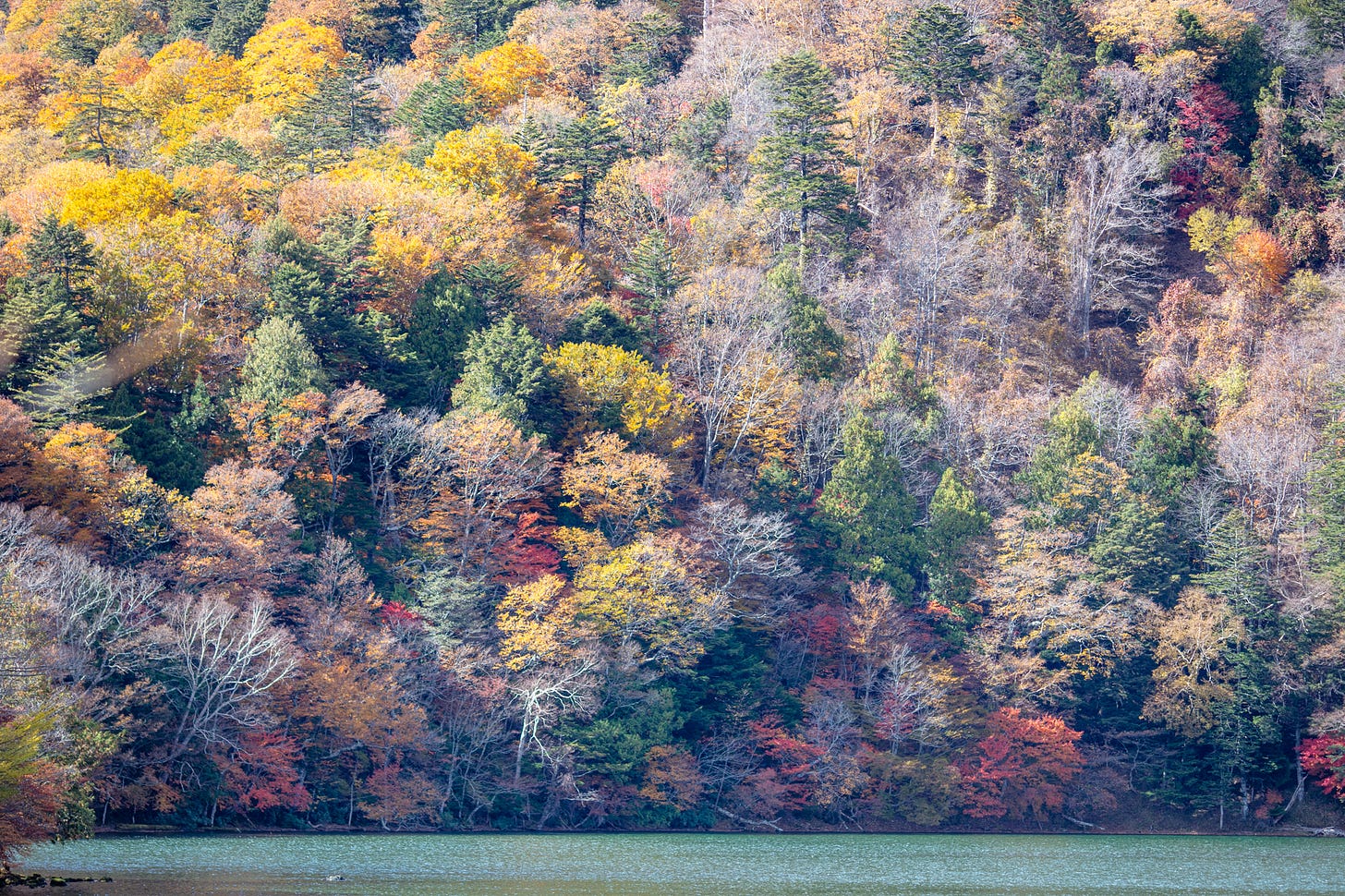
The one with the "god rays" :O
What a marvelous article. I started to feel FOMO for Japanese autumn hues myself - and I’m from the alps and living in a place where it’s still almost summer-ish. Thank you for sharing!